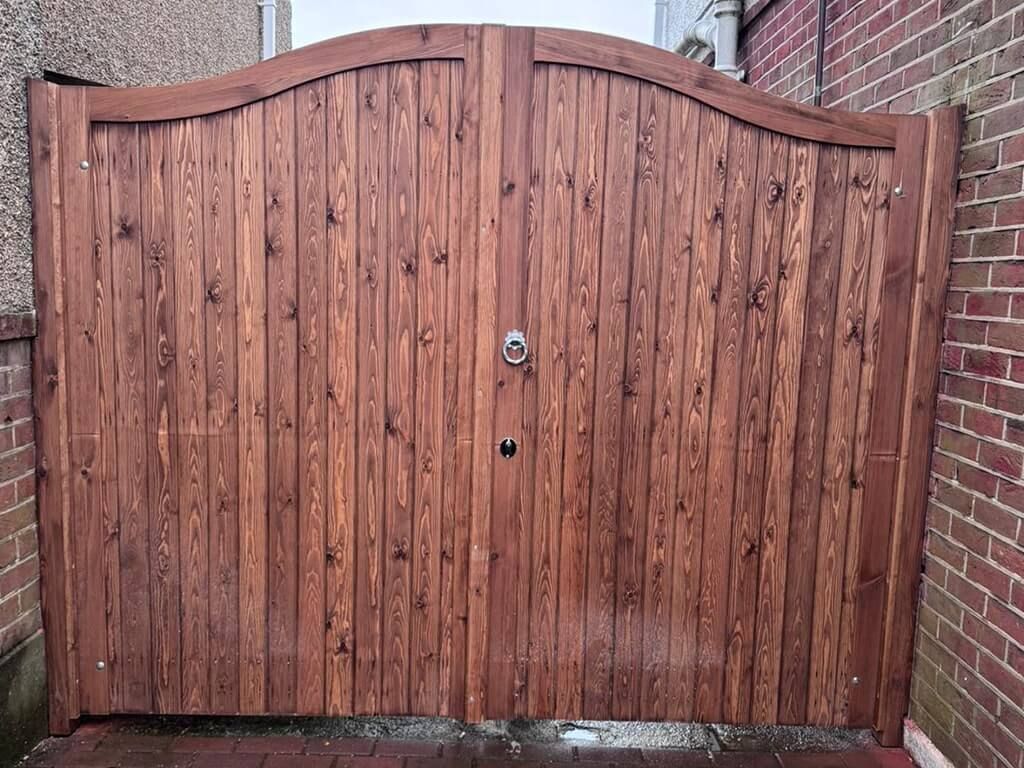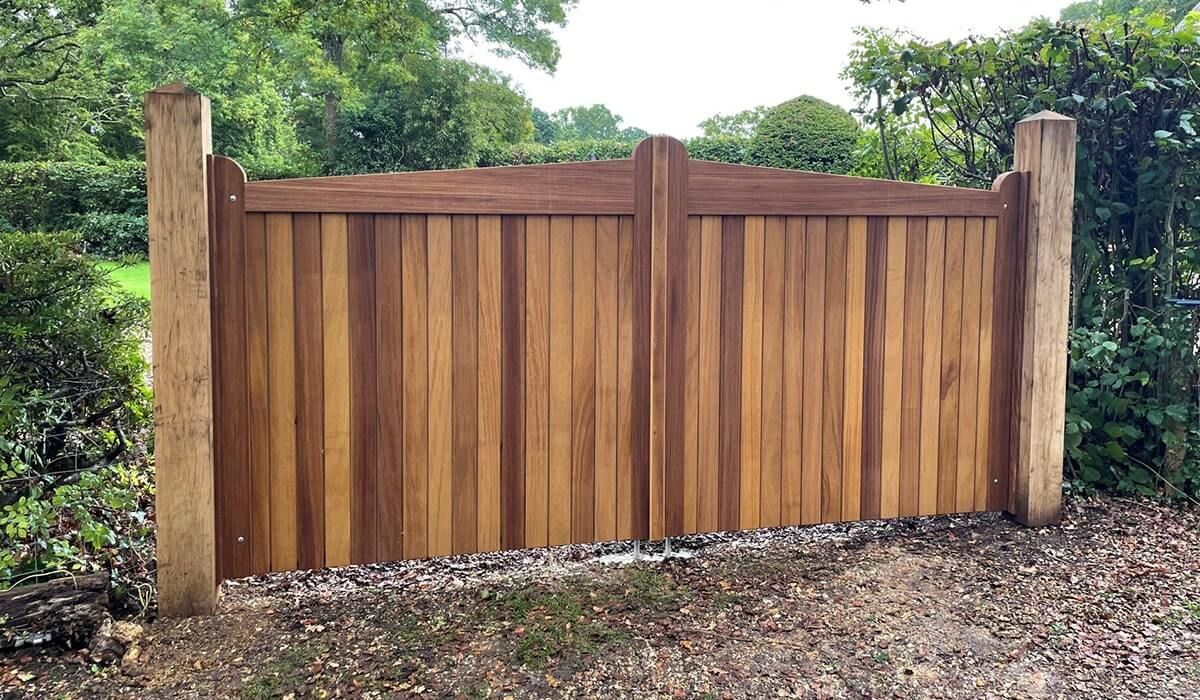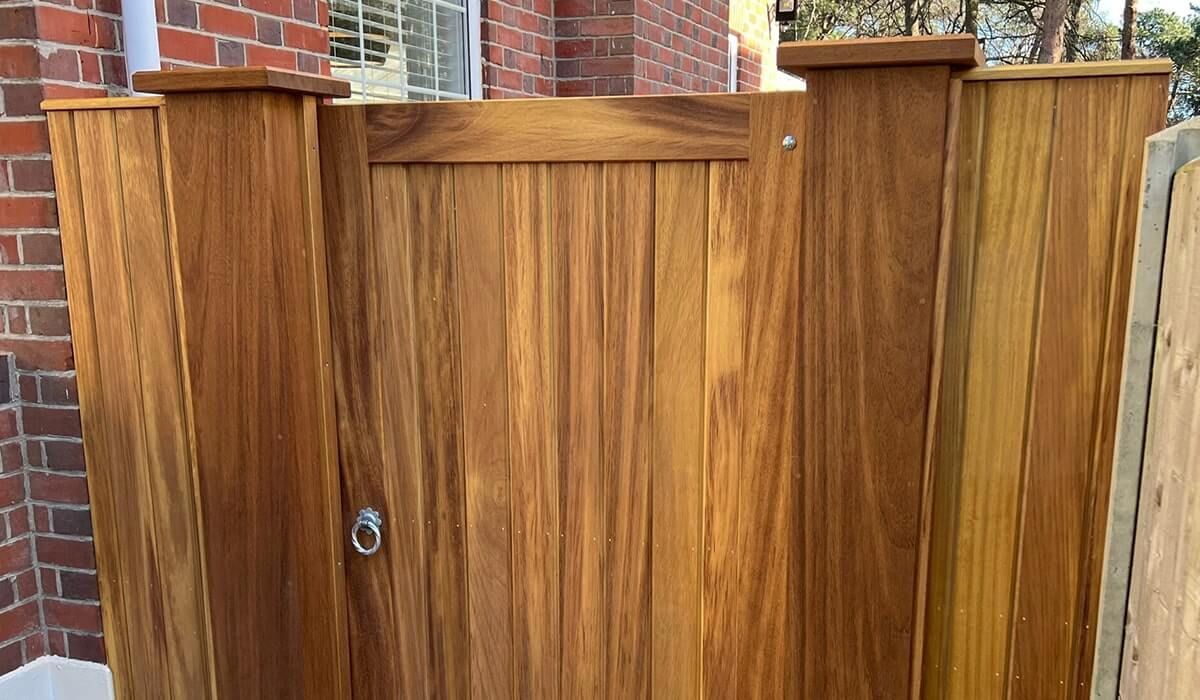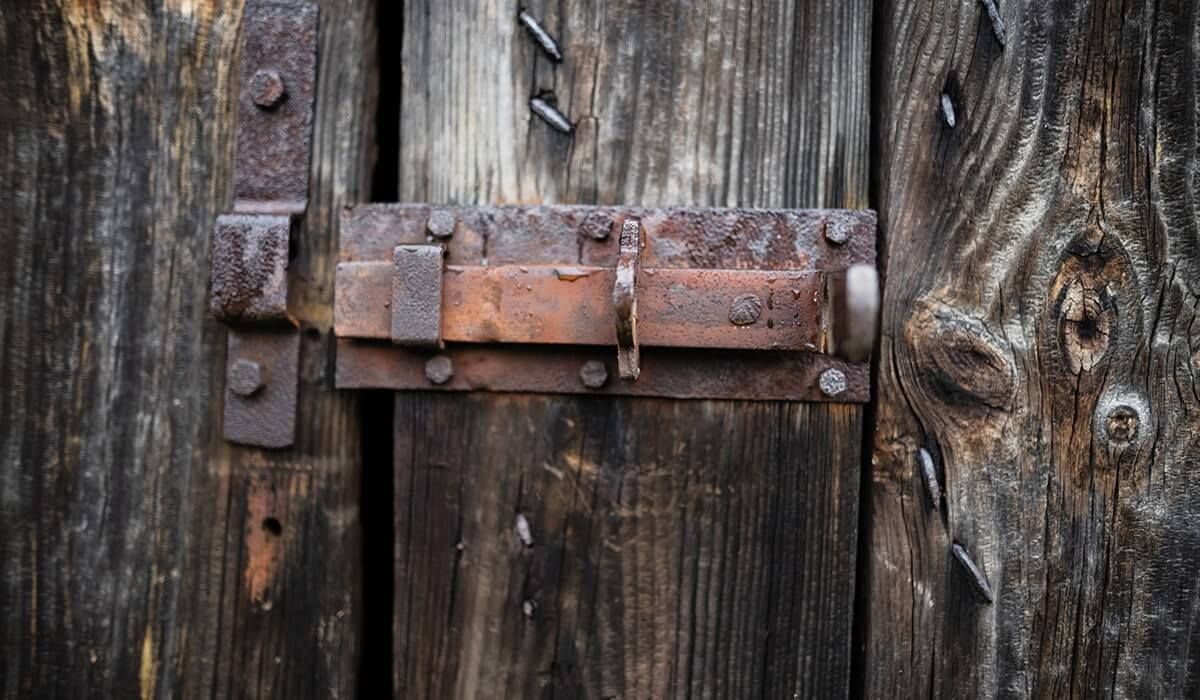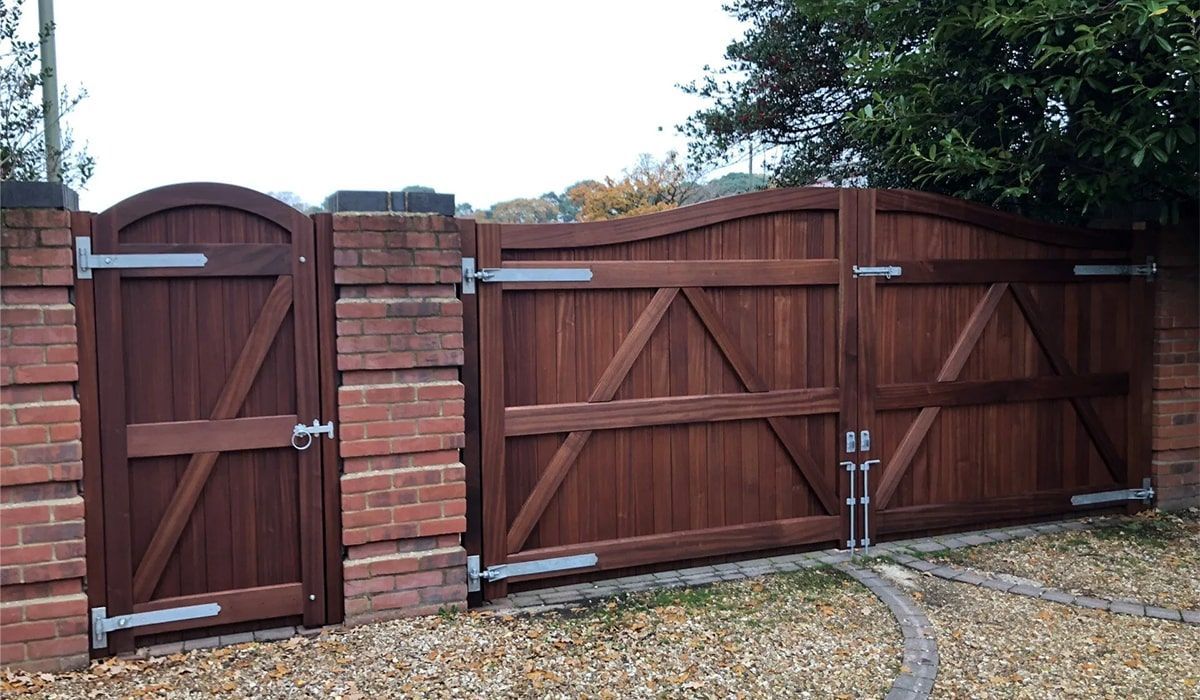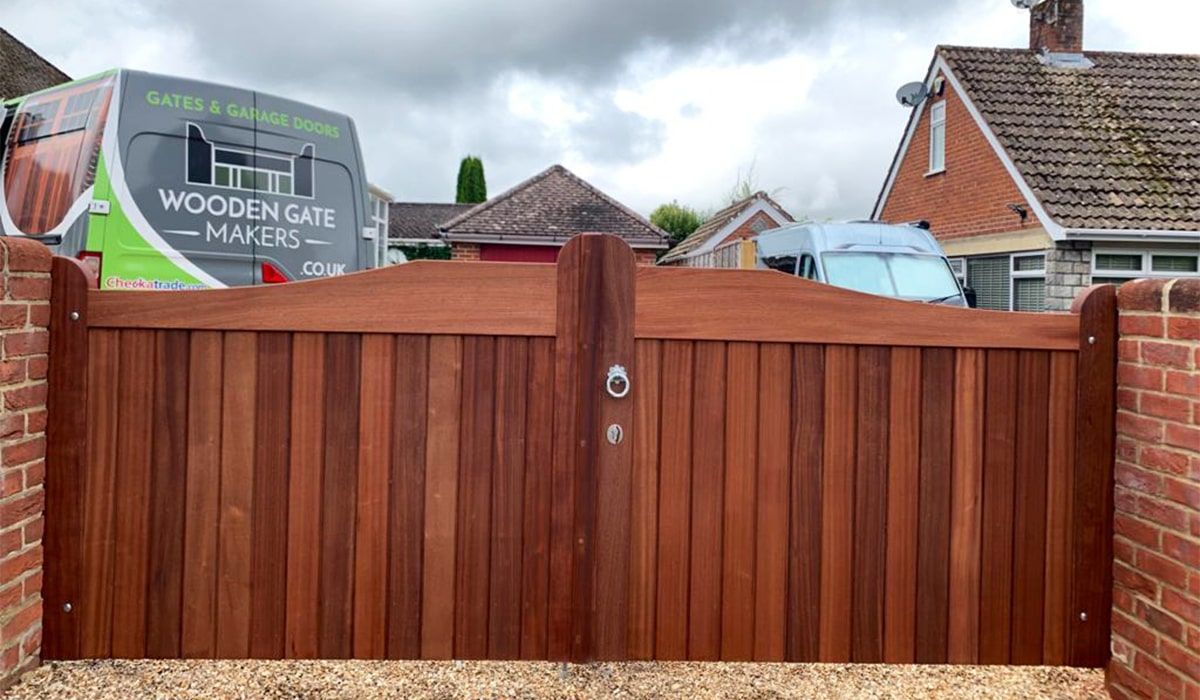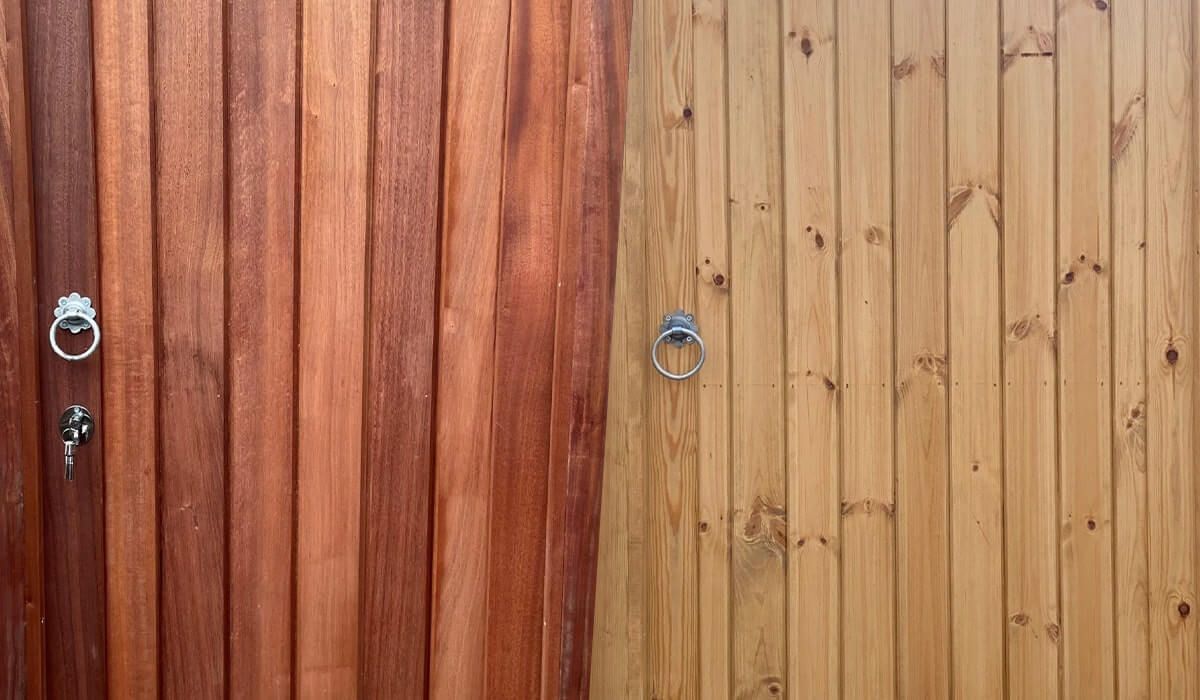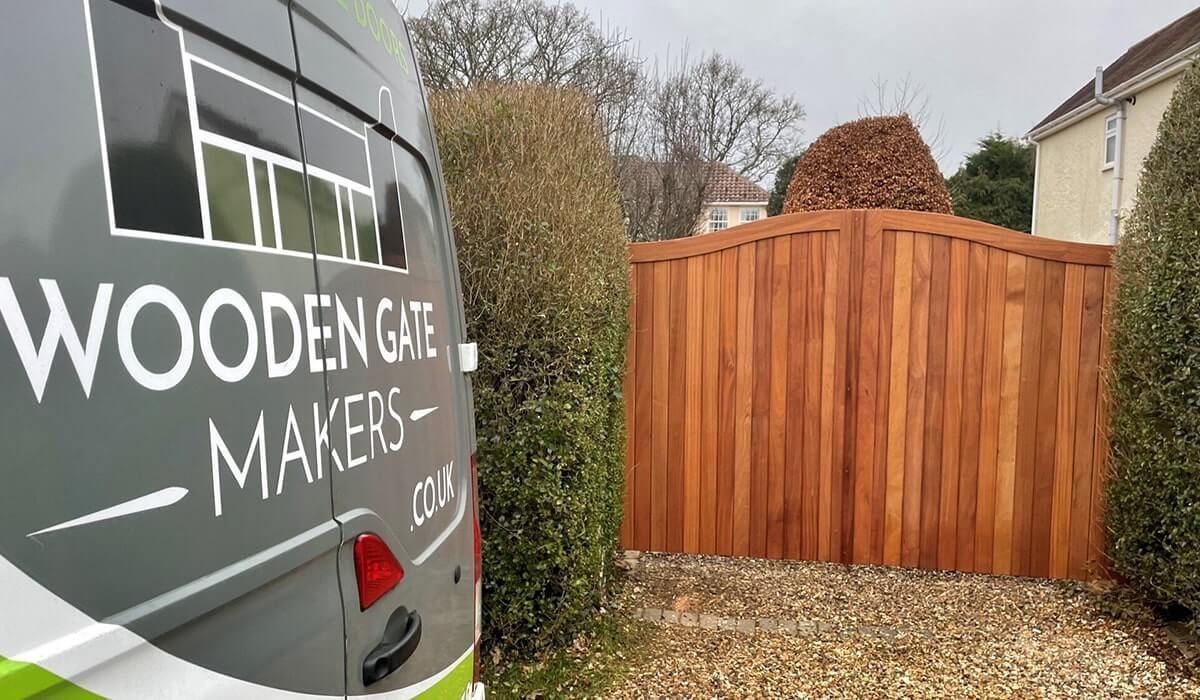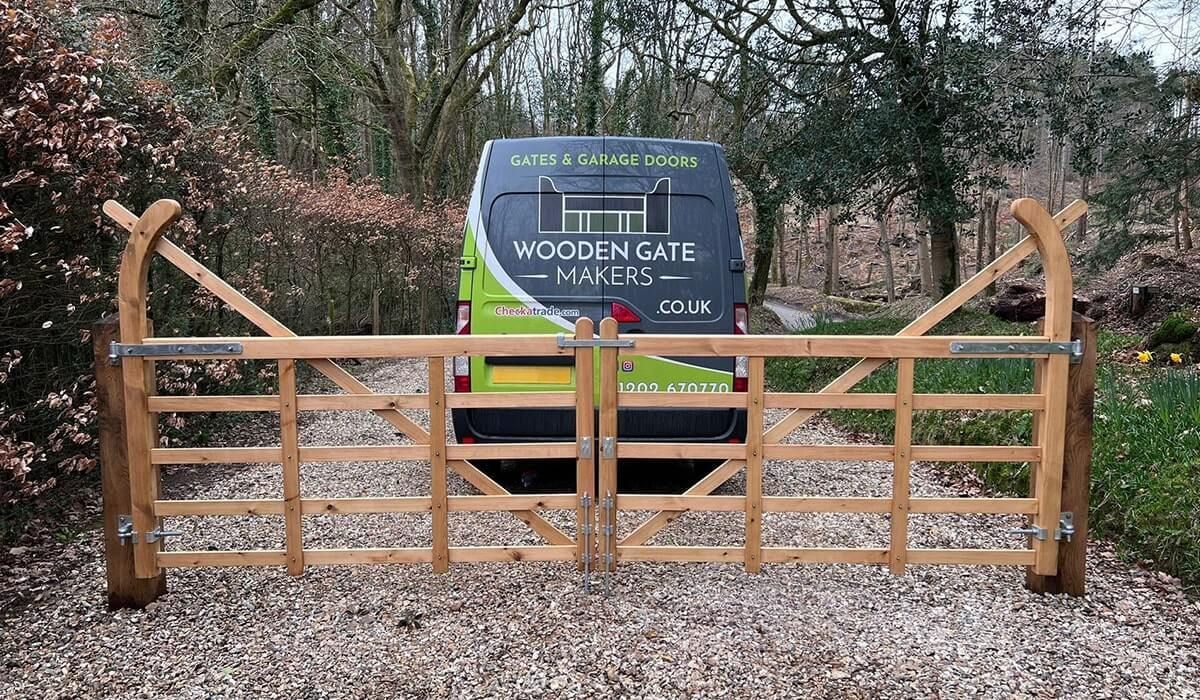How To Maintain Your Wooden Gate
- by Phil Barratt
- •
- 21 Jun, 2023
Wooden Gate Makers are the UK’s first choice for custom-made wooden gates. We handcraft our pieces using premium wood and traditional joinery techniques, resulting in a breathtaking gate that will enhance your property for decades to come.
Our complete guide has everything you need to know about maintaining your wooden gate, from how to tell when your gate needs maintenance to the steps you need to take. Let’s get started!
How to Tell if Your Wooden Gate Needs Maintenance
- Physical damage, like cracks, splits, or warping in the wood Stiff movement when opening or closing your gate Loose or rusted hinges, latches, bolts, and screws
- Rotting or decayed wood
- Woodworm or wood-boring insect damage
- Faded or peeling finish
Key Steps to Maintaining Your Wooden Gate
Clean Your Wooden Gate
You won’t have to scrub hard to get your gate clean - wiping down the surface with a soft brush or cloth will usually be enough. If needed, you can also use mild soap and water for tougher stains. To remove tougher stains and stubborn moss or lichen, use a power washer.
Rinse thoroughly and allow the gate to dry completely before proceeding with other maintenance tasks.
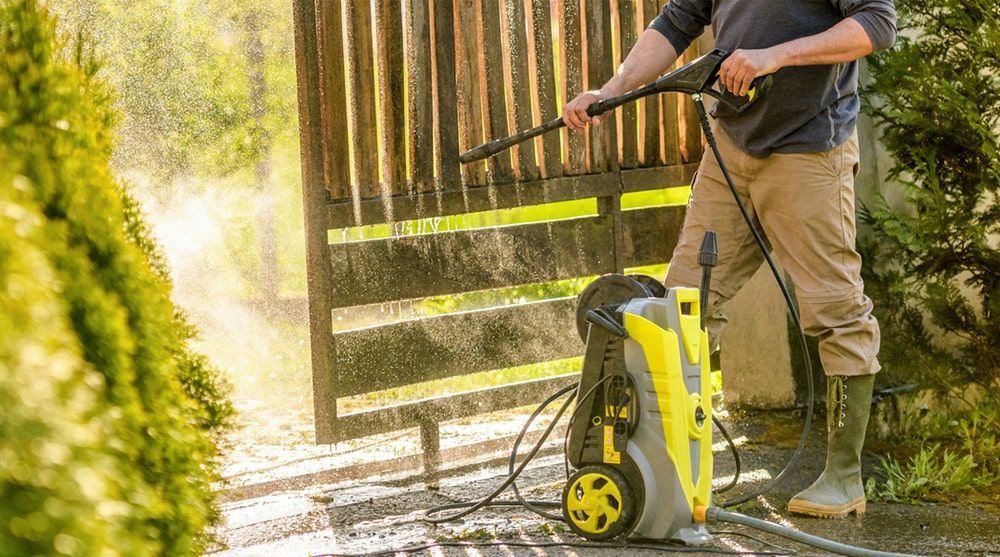
Prevent Rusting on Gate Hinges
Luckily, preventing rust is easy - just apply a coat of wax or sealant to the metal, and reapply when needed. You can also use paint to create a strong barrier that protects against rust and adds a pop of colour to your gate.
If you see that your hinges are completely rusted and can't be fixed, it's best to have them replaced. It’s usually an inexpensive process, so don’t worry about it setting you back too much.
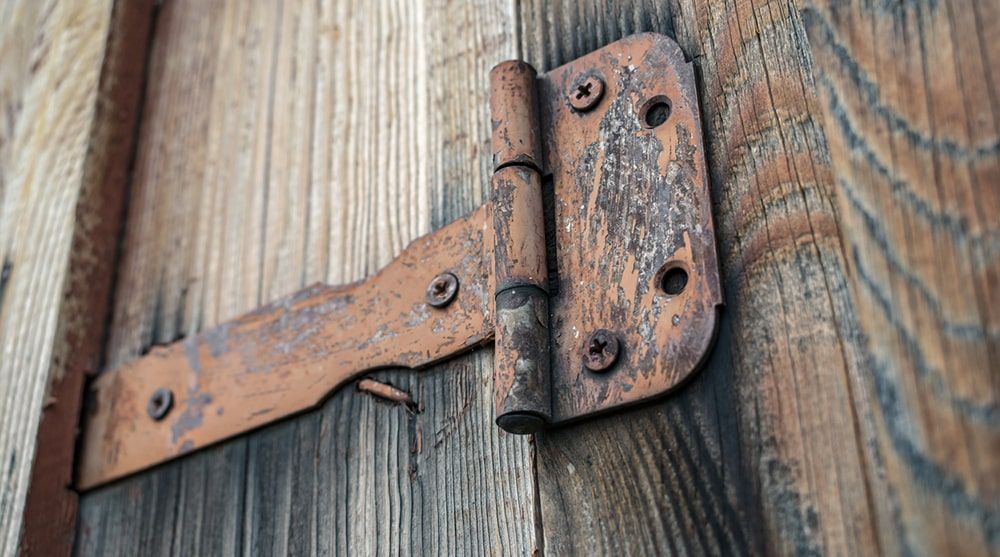
Lubricate Moving Parts
Choose a suitable lubricant like a silicone-based spray or light oil, and coat the hinges, latches, and other moving parts of the gate regularly to guarantee smooth operation.
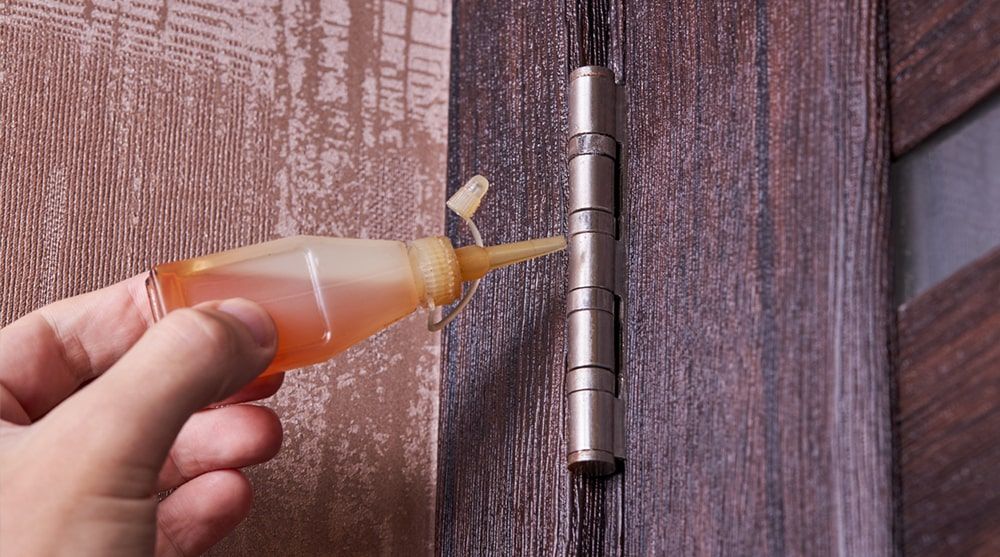
Repair or Replace Damaged Parts

Refinish or Repaint
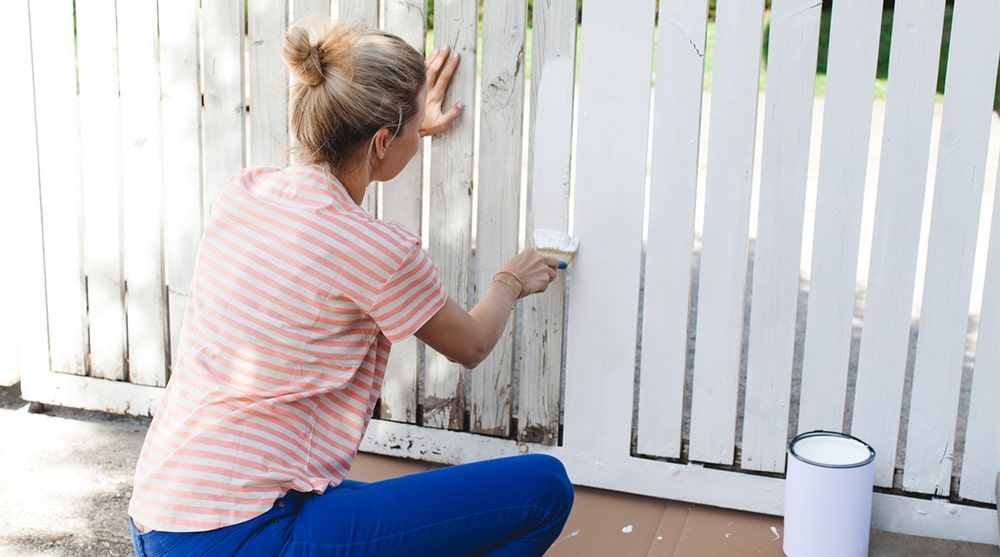
How and When to Treat Your Wooden Gate
- After cleaning your gate and removing the old preservative, it's a good idea to test the protective treatment on a small, hidden area first. This way, you can make sure you're happy with the end result before applying it to the entire gate.
- Once you’re ready to go ahead, use a brush, roller, or sprayer to apply the protective treatment to the gate. Start from the top and work your way down, taking care to apply an even coverage. Pay extra attention to areas prone to moisture, such as the bottom of the gate and joints.
- Allow the gate to dry and cure in a well-ventilated area. Avoid contact with moisture until the treatment is fully cured.
By applying a protective treatment, you’ll extend the lifespan of your gate and spare yourself from extra maintenance in the future.
Enhance Your Home With a Handcrafted Wooden Gate From Wooden Gate Makers
Thinking about upgrading your garden with a new wooden gate? You've come to the right place.
For over two decades, Wooden Gate Makers have been crafting stunningly hand-finished gates
and garage doors. We put the quality of our results at our core, and never send out a gate we wouldn’t install in our own homes. It's this commitment that’s earned us the trust of property owners throughout the UK - take a look at our 500+ 5-star reviews
on Checkatrade to see for yourself!
To get started, you can get a quote online
or give us a call on01202 670770. Our friendly team
is more than happy to answer any questions you may have and offer recommendations on styles that will complement your property, so don't hesitate to reach out to us today!
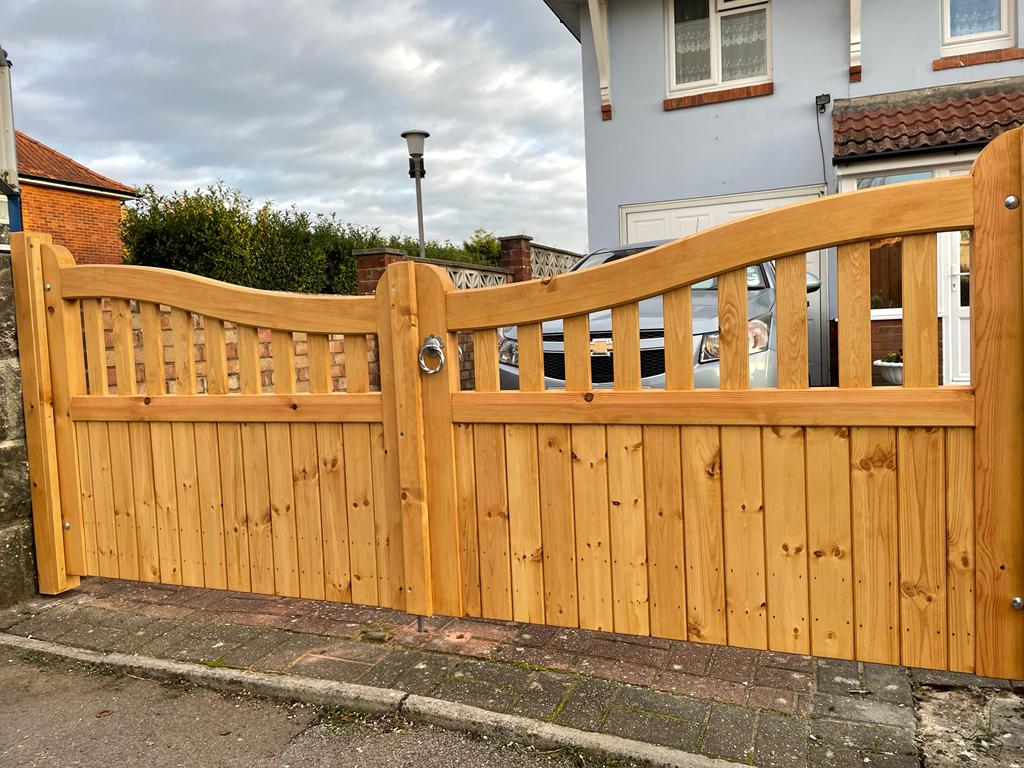


Name & Registered Office: Bespoke Design UK LTD Austin House,43 Poole Road, Bournemouth, BH4 9DN (workshop address on contact page) - Company No. 05974013
